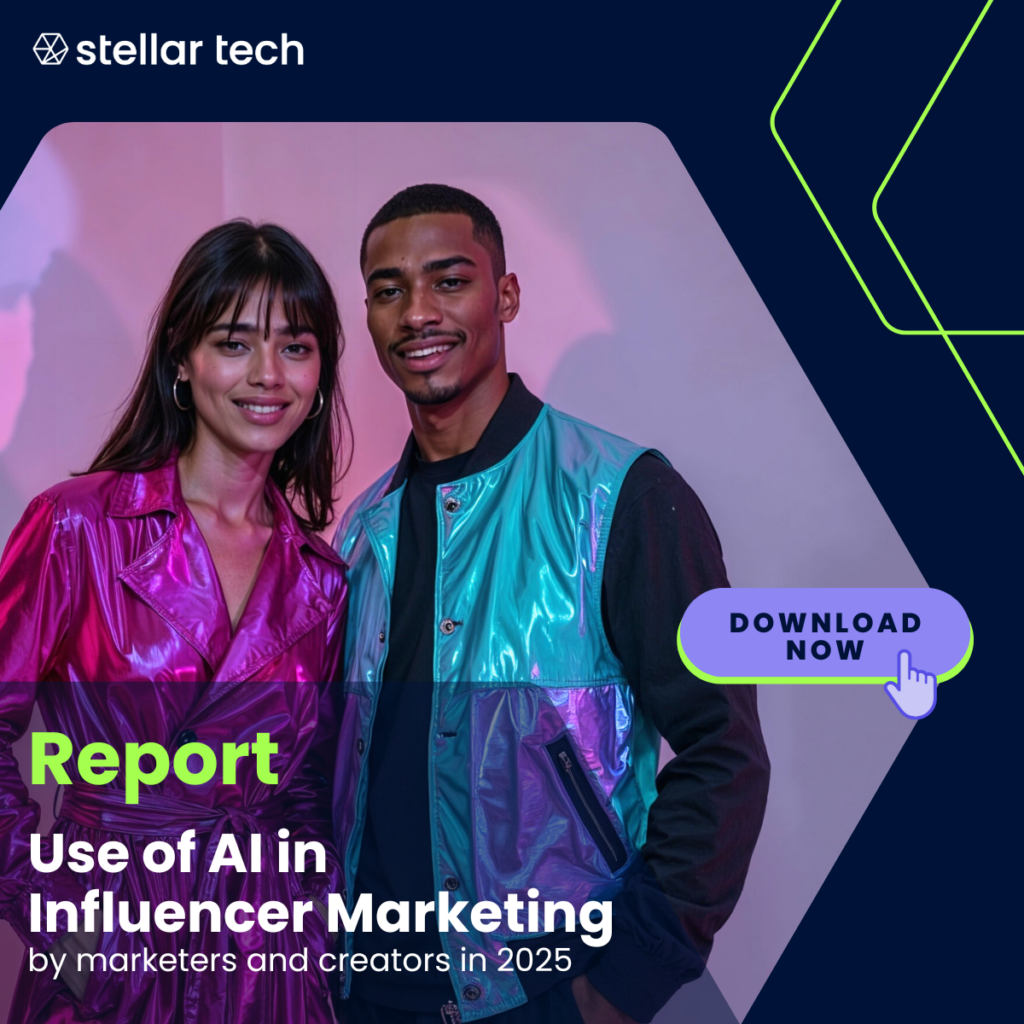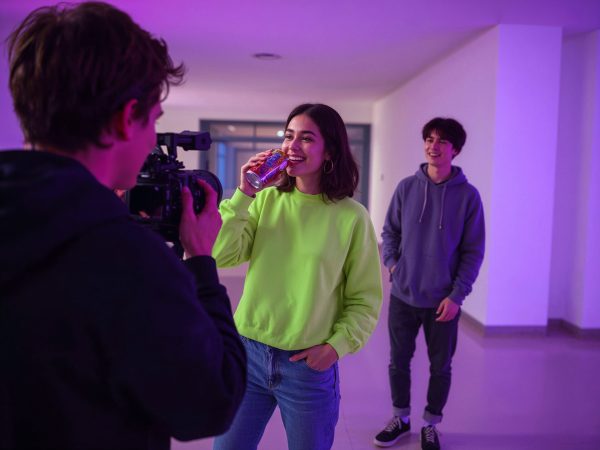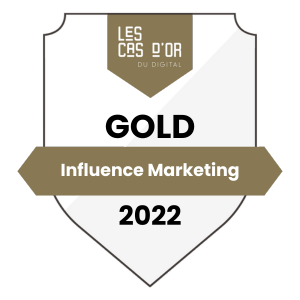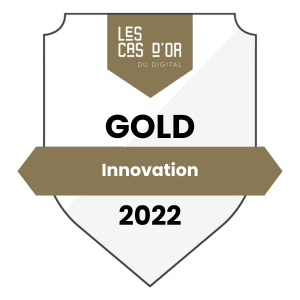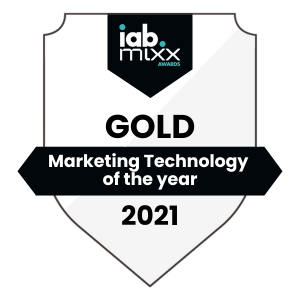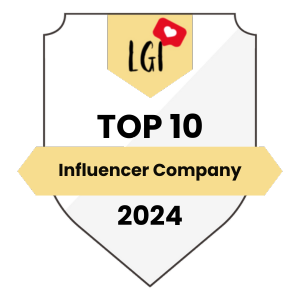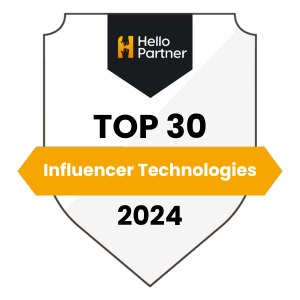Instagram’s new PG-13 guidelines for teen accounts signal a cultural and strategic shift in social media. For brands, influence can no longer be separated from responsibility. Data-driven transparency is now the foundation of brand safety, and with Stellar, safe reach becomes measurable, compliant, and scalable.
Instagram’s PG-13 Moment
When Instagram announced its new PG-13 safety framework for teen accounts, the message was clear: the era of unregulated reach is ending. According to Meta’s newsroom, the update limits exposure to content flagged as mature or unsuitable for younger users. It also introduces stronger content classification, stricter ad placement rules, and a proactive review system for influencer campaigns that might appeal to teens.
CNN reports that this is part of Meta’s wider push to rebuild trust after years of criticism regarding youth safety online. Under the new system, teen accounts are automatically defaulted to higher privacy settings, and algorithmic recommendations for sensitive topics, such as body image or financial trading, are restricted.
For influencer marketers, this marks a turning point: the social web is finally adopting the same “suitability logic” that has long defined film and television. Content will no longer be judged only by engagement potential, but by contextual integrity, who sees it, in what environment, and at what age.
The End of Unchecked Reach
Until now, social media influence has operated on a single metric: visibility. The bigger the audience, the better the result. But in a landscape where platforms actively shape the flow of content based on age, sensitivity, and tone, reach without responsibility becomes a liability.
As The Guardian notes, Instagram’s changes are “long overdue — but they raise an uncomfortable truth: engagement has outpaced ethics.” Brands can no longer afford to prioritize exposure over suitability.
The implications are far-reaching. Teen-focused campaigns will face tighter scrutiny. Influencers with underage audiences must meet higher transparency standards. Even for general campaigns, the need to verify audience composition and context suitability will become standard practice, not a luxury.
This is not a restriction; it’s a reset. Social platforms are evolving from open networks into curated ecosystems, where how a message travels matters as much as how far it goes.
Youth Audiences – Sensitive Demographics
Teenagers are among the most active and influential users of social media, yet they are also among the most vulnerable. They set trends, drive engagement, and amplify reach, but they also demand authenticity, ethics, and protection from overexposure. For creators, this means taking responsibility: content must inspire, not overwhelm. For brands, it means choosing the right voices—not necessarily the loudest.
This issue extends beyond platform boundaries, as evidenced by Greece’s recent legislative actions. As reported by Greek City Times, Greece has announced that it is preparing to follow Australia’s lead and introduce a new ban on people under the age of 16 using social media Gambling Insider. Starting October 2025, access to social media platforms will be automatically blocked for children under 15, while minors under 18 will also be restricted from entering online gambling platforms and tobacco retail sites Greek City Times.
This move positions Greece as the first EU member state to implement such restrictions, highlighting the growing concern over youth safety online. The European Commission is also exploring age verification systems, with Greece participating as one of five pilot countries Reuters.
The message is clear: protecting young users is becoming a European priority, setting a new standard for digital ecosystems. Brands aiming to succeed in this environment must view responsibility not just as a compliance issue but as a cultural obligation.
This shift requires a redefinition of influence. It’s no longer about viral spikes but about sustainable resonance, relationships built on trust. Brands investing in genuine dialogue foster loyalty that transcends generations.
Brand Safety Redefined
Brand safety once meant avoiding explicit or controversial content. In 2025, it means something deeper: maintaining ethical alignment between message, medium, and audience.
Marketers are no longer judged solely by creativity or ROI but by the integrity of their campaigns. A single misplaced post, even if algorithmically recommended, can harm both brand trust and creator reputation. The new expectation is brand suitability: context-aware communication that resonates without risk.
This is where data replaces guesswork. Stellar provides the infrastructure for measurable brand safety, empowering brands to plan, verify, and adapt their influencer strategies with confidence thanks to its influencer marketing platform Stellar.
Data as the Foundation of Trust
Trust cannot be assumed, it must be demonstrated. That begins with visibility into who a campaign reaches and how it performs within regulatory and ethical boundaries.
With Stellar’s Discovery module, brands can identify creators whose audience demographics align with brand standards and legal requirements. Age distribution, regional presence, and engagement behavior become transparent, allowing marketers to ensure their message stays within safe and relevant communities.
Meanwhile, Reports transform campaign monitoring into proactive assurance. Beyond impressions and engagement, the platform surfaces signals like comment sentiment, topical clustering, and performance anomalies, key indicators of whether content remains suitable for all intended audiences.
Together, these insights form a real-time brand safety dashboard: a view of not just what works, but what’s right.
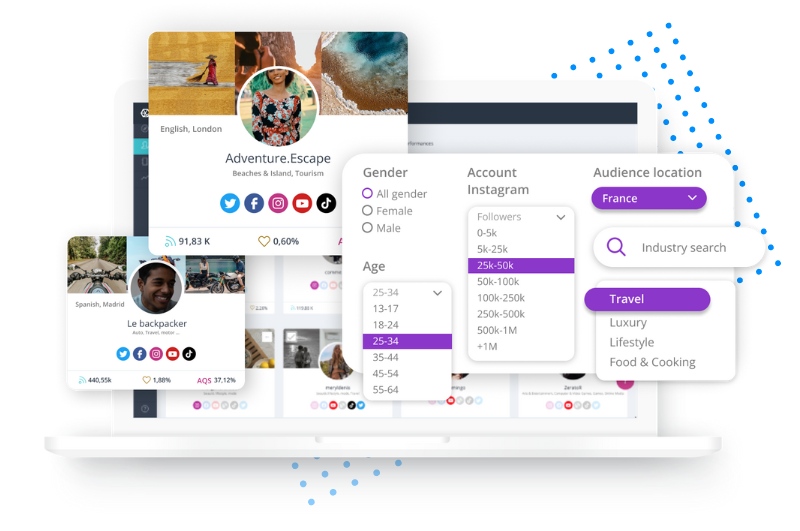
AI as the Compliance Layer
Artificial intelligence has become a silent partner in digital trust. The same machine learning systems that recommend content can also protect against misplacement and misuse.
As Radio WAF notes, AI is fundamentally changing how platforms organize information, and the same transformation is happening inside marketing technology. Predictive analytics can now flag potential compliance risks before they go live, identifying anomalies in creator behavior, audience demographics, or content tone.
Within Stellar, this capability translates into actionable intelligence.
AI helps brands evaluate content suitability dynamically, distinguishing between harmless trends and potentially sensitive topics. Instead of reacting to crises, marketers can refine campaigns in real time, ensuring consistent alignment with audience expectations and regulatory standards.
In this sense, AI is not just a tool for optimization, it’s a safeguard for reputation. Brand new our survey results. Download the white paper now
Creators and the Ethics of Influence
The PG-13 shift also changes what it means to be a responsible creator.
Influencers who once relied on algorithmic virality must now balance creativity with conscientious communication. Younger audiences demand authenticity, but also protection, from misinformation, from emotional manipulation, from overexposure.
Creators who understand this balance will rise in relevance. Those who don’t will fade, regardless of their reach.
For brands, this means rethinking partnerships as relationships built on shared values. Stellar’s Influencers module supports this transition by providing transparent insights into each creator’s performance history, tone consistency, and audience authenticity. This context ensures that collaborations go beyond metrics, aligning purpose, persona, and platform in a verifiable way.
Managing Responsibility at Scale
Scaling trust is one of marketing’s hardest challenges. As campaigns grow, complexity multiplies, multiple creators, different regions, variable regulations.
Stellar’s Projects module simplifies this ecosystem. It centralizes campaign management, linking briefing, performance tracking, and compliance in one collaborative space. Brands can adapt quickly when regulations evolve or when new suitability filters emerge, without losing control or visibility.
In a fragmented digital environment, this coherence becomes strategic capital. It enables teams to uphold brand integrity while remaining agile enough to move with culture, not behind it.
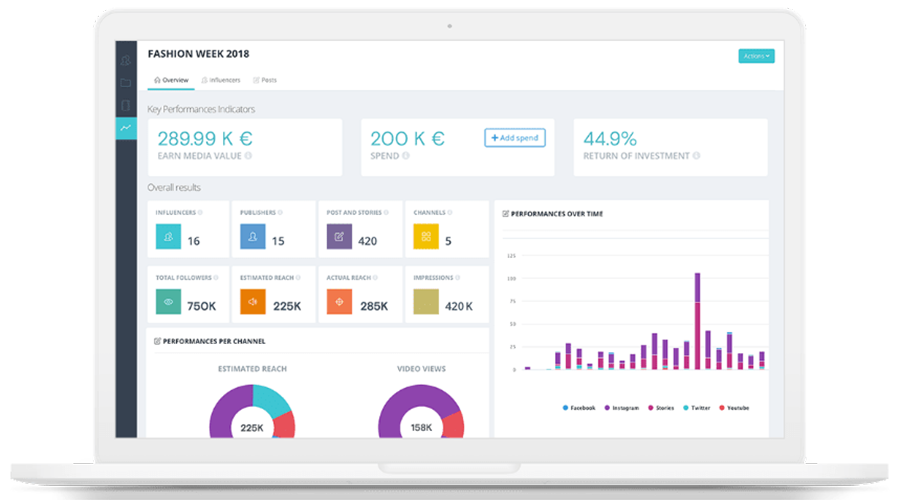
The New Economics of Safe Reach
Responsibility is no longer a constraint; it’s a differentiator.
According to the WARC Global Marketing Trends 2025 report, 71% of consumers say they are more likely to buy from brands that demonstrate ethical communication standards. At the same time, platforms reward trustworthiness algorithmically, prioritizing verified, compliant content in their recommendation engines.
This creates a new hierarchy of influence:
- Brands that lead with integrity build stronger loyalty.
Creators who maintain transparent, positive communities attract more sustainable partnerships. - Campaigns that prove suitability gain algorithmic preference and organic amplification.
Safe reach, in other words, is not smaller, it’s smarter.
Responsibility Is the New Visibility
Instagram’s PG-13 update is not an isolated event; it’s a signal of where social media is heading. Regulation, AI, and cultural maturity are converging to build a more accountable digital ecosystem.
For brands and creators, that means influence must evolve from spontaneous expression to structured trust. Brand safety is no longer reactive damage control, it’s proactive design.
With Stellar, brands gain the data clarity, AI foresight, and collaborative control to operate confidently in this new landscape. Because the future of influence won’t be measured by how loud a message sounds, but by how responsibly it’s heard.
Ready to work with certified creators?
Book your demo and discover how Stellar helps you combine compliance and performance.

